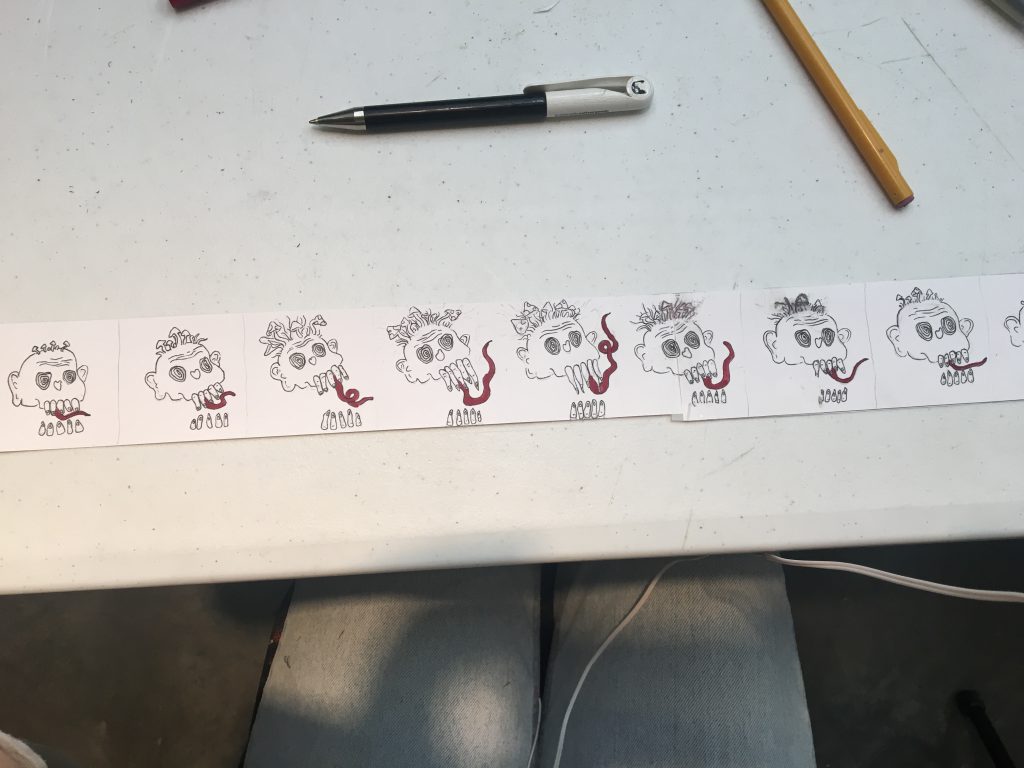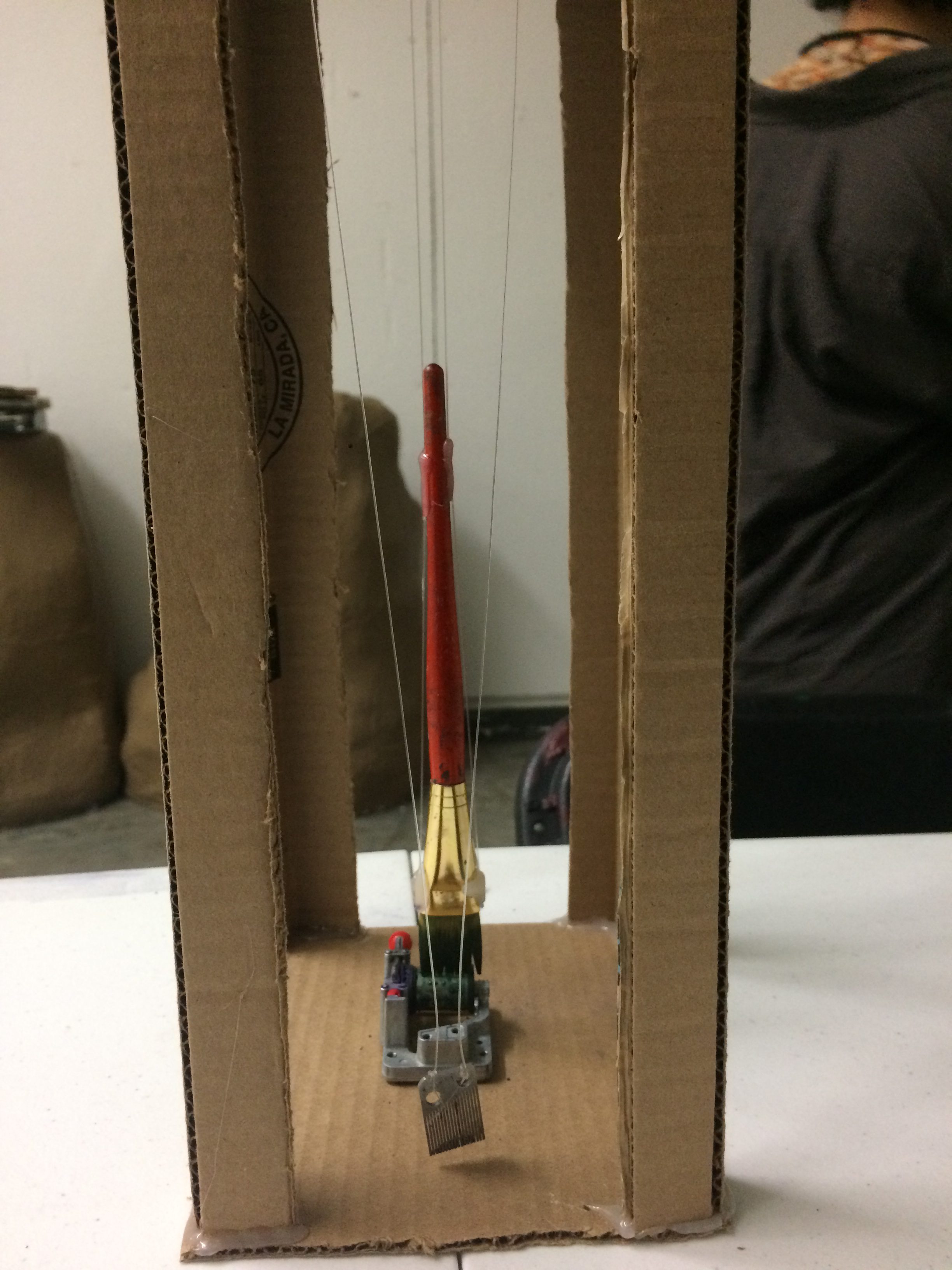
My vision machine is a zoetrope that creates an illusion of motion through an interruption of the image that prevents it from simply blurring together. This interruption of the image had me thinking of a section from Machine Art in the Twentieth Century where Broeckmann quotes Paul Virilio, saying “Blindness is thus very much at the heart of the coming ‘vision machine. The production of sightless vision is itself merely the reproduction of an intense blindness that will become the latest and last form of industrialization: the industrialization of the non-gaze.” Virilio is referring to the difference between human sight and “technical visuality”, and how in comparison, the machine’s version of “vision” is lacking the “complexity of a visual field”. Virilio explains that “[f]or the computer, the optically active electron image is merely a series of coded impulses whose configuration we cannot begin to imagine” and thus describes technical visuality as “blind gaze”. While I know that Virilio is specifically referring to digital sight, it reminds me of the idea behind zoetropes, how it is necessary to interrupt or inhibit sight in order to achieve the illusion of motion.

When we were working with zoetropes in the code, I originally used a more abstract series of images that I had made for a different assignment. While I thought it was visually compelling, it was not the most effective series of images to demonstrate how the digital zoetrope functioned since it was too abstract and visually noisy.

For my next check-in I was inspired by a film we watched in class. I can not remember the name of the artist or film, but the artist had heavily edited a scene from a film, playing with time and space in an almost hypnotic style. I was inspired to look up some film footage and play around with it to try and recreate a similar effect. I found some old footage of farm equipment and thought it would be a visually interesting clip to work with. While I could not really recreate any of the editing techniques of the original film in processing, it was an interesting challenge.

When moving into the physical aspect of our zoetropes I decided to try and “animate” an older sketch of mine. The process was fairly simple, I just needed to play with the drawing in a way that would be visually compelling when animated. Once I finished the drawing I just had to cut slots in a sheet of paper that would help create the animated effect. I’m not sure if I did it properly because when I tested my zoetrope there did not seem to be much of an illusion of an animated image, although that could have been because of the speed of the turntable or possibly because the changes in my drawings between frames were not subtle enough.


